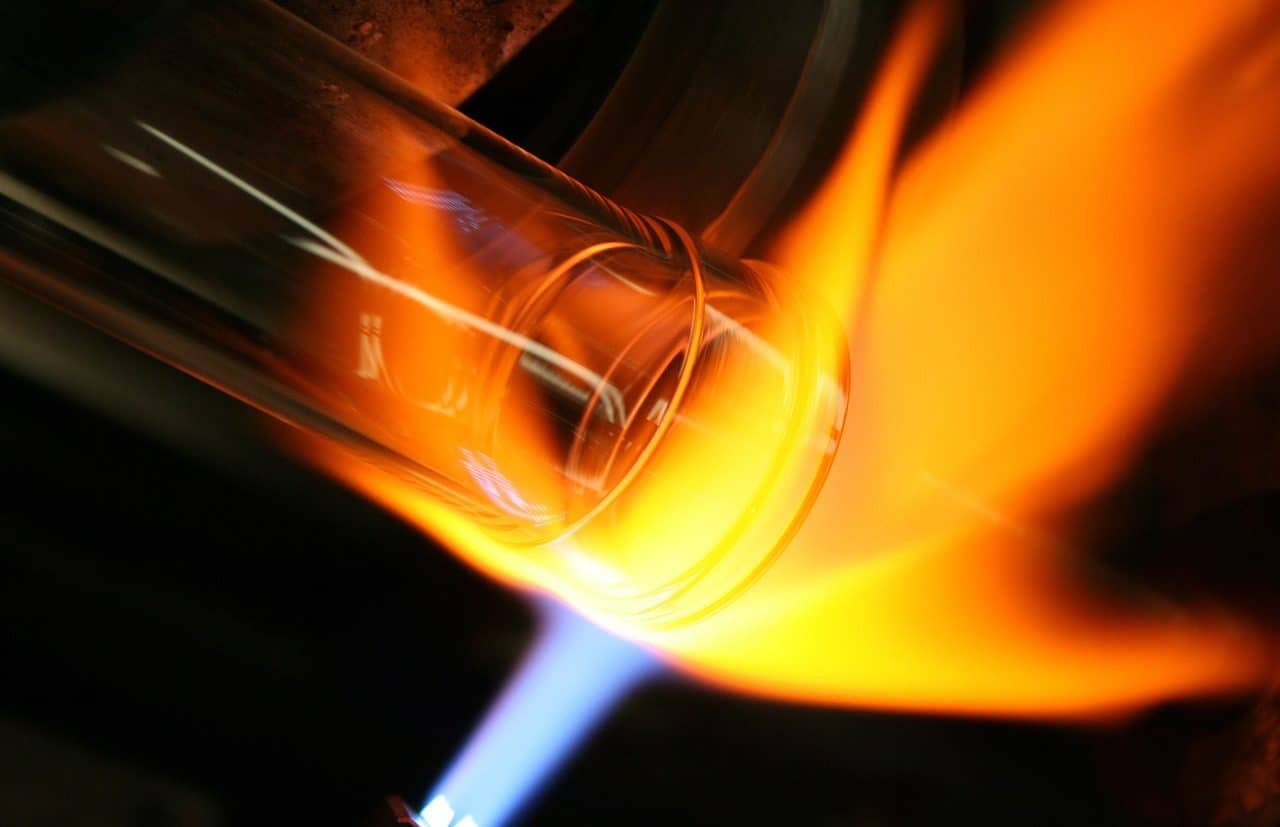
A change in concentration, temperature, or pressure leads a system in equilibrium to adjust to regain equilibrium.
Le Châtelier's principle , formulated by the French chemist Henry-Louis Le Châtelier, states that if a system in equilibrium is disturbed by a change in concentration, temperature or pressure, it will react by adjusting its conditions to counteract said disturbance and restore the balance.
A fundamental concept in this framework is the equilibrium constant , a numerical value that expresses the relationship between the concentrations of products and reactants in a system at equilibrium , at a specific temperature.
Importance of Le Châtelier's principle
Le Châtelier's principle is fundamental in chemistry and other sciences due to its application in understanding and manipulating chemical equilibria.
Here are some reasons that highlight its importance:
Understanding chemical reactions
Le Châtelier's principle makes it possible to predict how a system in equilibrium will respond to changes in external conditions, such as concentration, temperature and pressure . This is crucial for designing and optimizing chemical reactions both in the laboratory and in industry.
Optimization of industrial processes
In the chemical industry, Le Châtelier's principle is applied to maximize the manufacture of desired products. For example, in the synthesis of ammonia using the Haber-Bosch process, adjusting the pressure and temperature conditions allows increasing the efficiency and yield of the reaction.
Control of reactions in equilibrium
It is essential to understand and control reversible reactions. By adjusting conditions, chemists can shift the equilibrium toward reactants or products as needed. This is particularly useful in the synthesis of complex chemical compounds.
Applications in biology and medicine
Many biological processes, such as cellular respiration and regulation of blood pH, depend on chemical balances. Applying Le Châtelier's principle helps to understand how the body maintains these balances and how it can respond to changes in the internal or external environment.
Development of new technologies
Such as fuel cells and energy storage systems. Understanding how reaction equilibria respond to different conditions can lead to significant improvements in the efficiency and viability of these technologies.
Education and training
Le Châtelier's principle is a central concept in chemistry education, providing students with a powerful tool to analyze and solve problems related to chemical equilibrium.
Impact on scientific research
Guides researchers in exploring new materials and reactions. By applying this principle, scientists can design more efficient experiments and better understand the observed phenomena.

Le Châtelier's principle allows predicting the response of systems to changes.
Changes
Changes in concentration
If the concentration of any of the reactants or products in a system at equilibrium is changed, the system will adjust its equilibrium position to counteract this change. There can be an increase or decrease in the concentration of reactants or in the concentration of products, and this will result in a shift in equilibrium to compensate for said change.
Temperature changes
Temperature affects the equilibrium position of a reaction depending on whether the reaction is exothermic (releases heat) or endothermic (absorbs heat). Increases and decreases entail different displacements to favor the formation of products or reactants, depending on the case.
System pressure and volume changes
Changes in pressure and volume primarily affect equilibrium systems involving gases. The relationship between pressure and volume is given by Boyle's law . If the pressure increases, the volume decreases, and vice versa.
Related laws
Law of mass action
For a reversible chemical reaction in equilibrium at a constant temperature, the rate of the reaction is proportional to the product of the concentrations of the reactants, each raised to the power of its stoichiometric coefficient in the balanced equation. This law is fundamental to understanding how changes in the concentration of reactants and products affect the equilibrium position .
Boyle's Law
For a fixed amount of gas at constant temperature, the volume of a gas is inversely proportional to its pressure. In a gas system in equilibrium, a change in pressure (and therefore volume) can shift the equilibrium toward the side with fewer moles of gas if the pressure increases, or toward the side with more moles of gas if the pressure decreases. , in line with Le Châtelier's principle.
Charles's Law
For a fixed amount of gas at constant pressure, the volume of a gas is directly proportional to its temperature. It is necessary to understand the temperature changes of Le Châtelier's principle.
Faraday's law of electrolysis
The amount of substance that is broken down in an electrolytic cell is proportional to the amount of electricity that passes through the solution. Although not directly related to chemical equilibrium, the application of an electric field can alter the concentrations of reactants and products in electrochemical systems, causing shifts in the equilibrium according to Le Châtelier's principle.
Gas laws
They include several laws (such as those of Boyle, Charles, and Gay-Lussac) that describe the relationships between pressure, volume, temperature, and quantity of gas.

Exothermic and endothermic reactions are affected differently by changes in temperature.
Related theories
Brønsted-Lowry theory
It defines acids as proton donors and bases as proton acceptors. In acid-base reactions, Le Châtelier's principle can predict how the equilibrium shifts when protons are added or removed.
Lewis theory
It defines acids as electron pair acceptors and bases as electron pair donors. Similar to the Brønsted-Lowry theory, Le Châtelier's principle can predict how the equilibrium in Lewis acid-base reactions adjusts to changes in the concentration of acids or bases.
Molecular orbital theory
Describes the formation of molecules from the combination of atomic orbitals to form molecular orbitals, which can be bonding, antibonding or nonbonding. This theory helps to understand the stability of intermediates and products in a reaction. Le Châtelier's principle can be applied to predict how the equilibrium in a reaction will affect the occupation of these molecular orbitals.
Valence bond theory
Describes how atoms in a molecule share electrons through overlapping atomic orbitals to form covalent bonds. Explains the formation and breaking of bonds in chemical reactions. According to Le Châtelier's principle, a change in external conditions (such as temperature or concentration) will affect the equilibrium of reactions involving the formation or breaking of covalent bonds.
